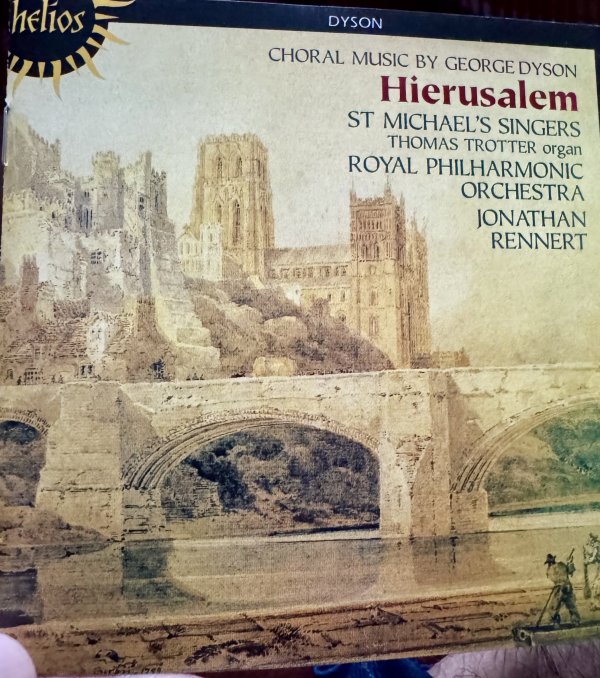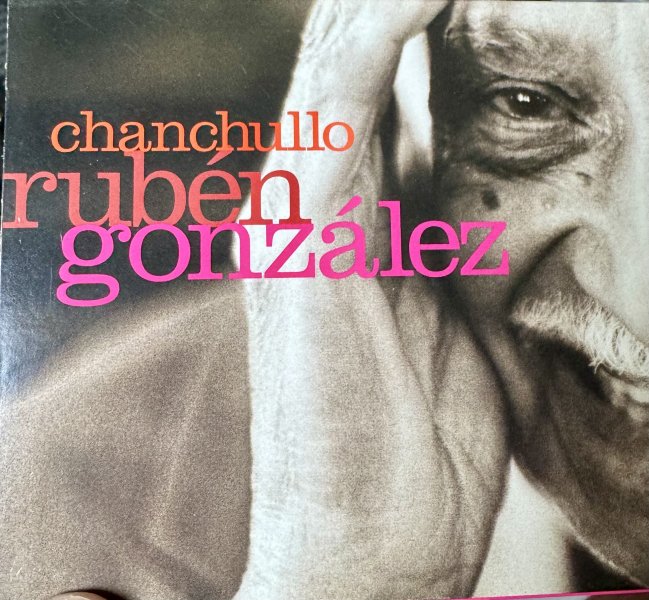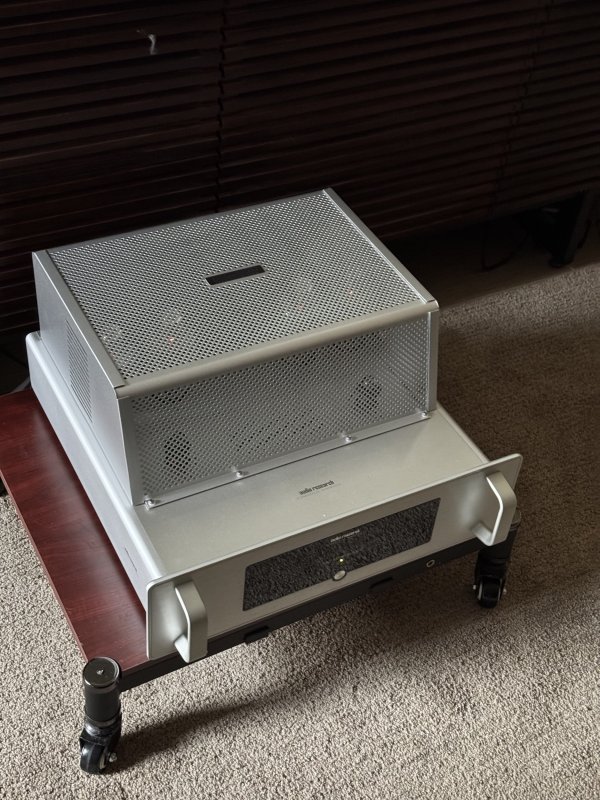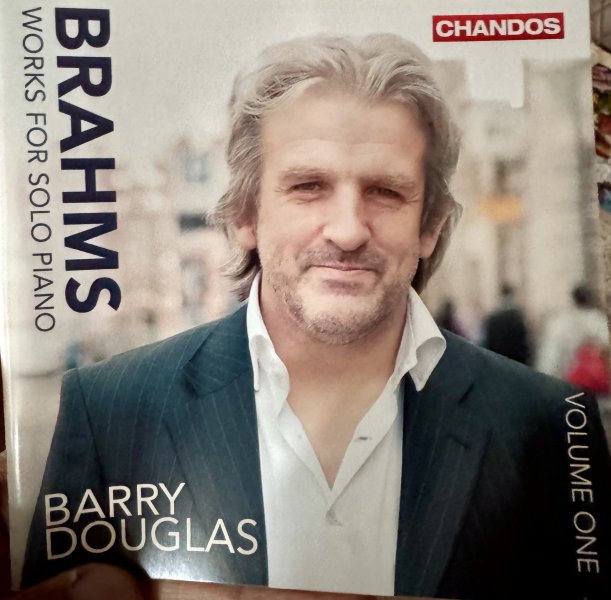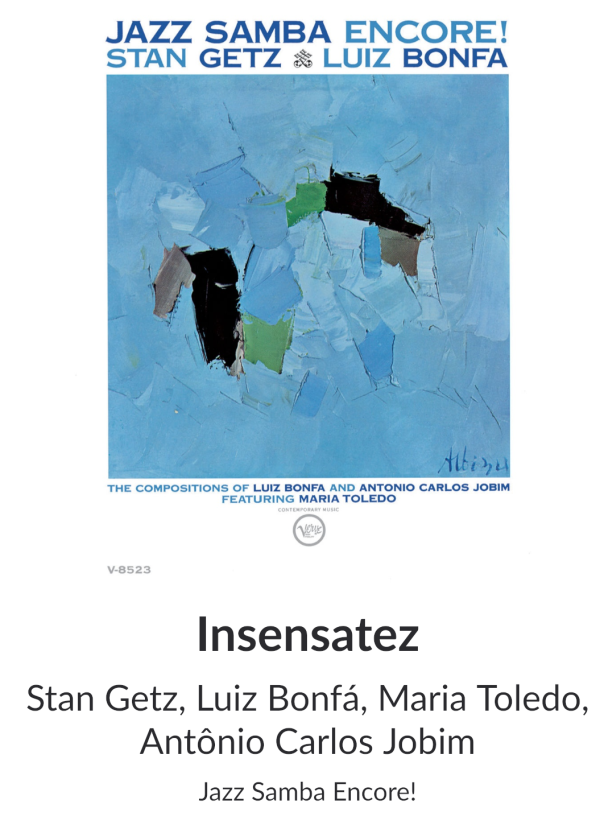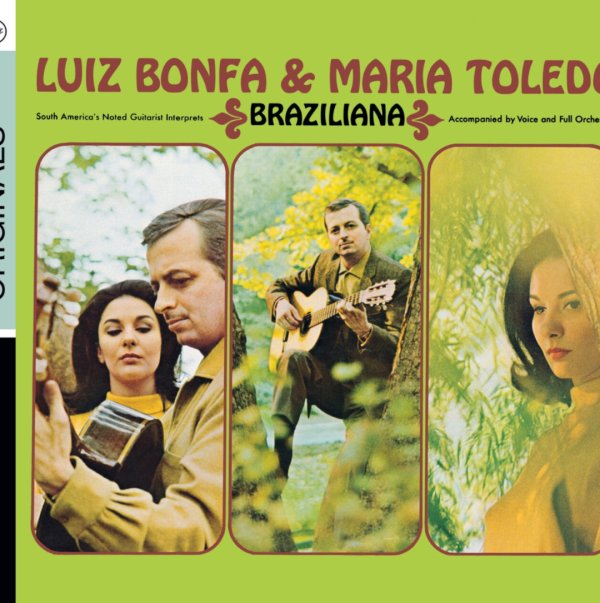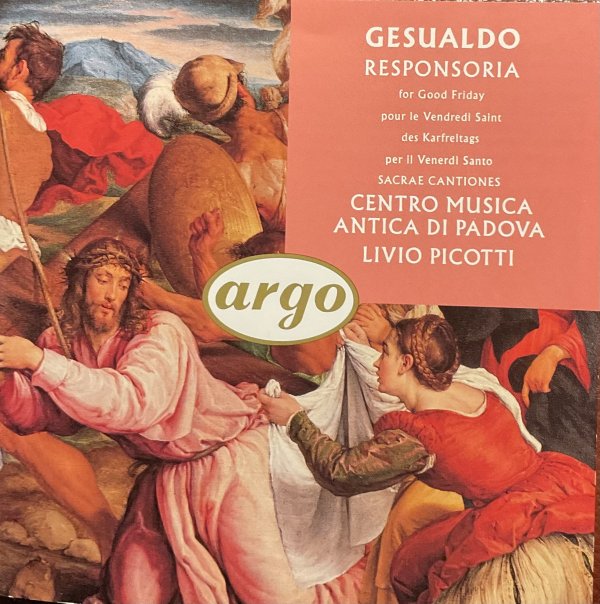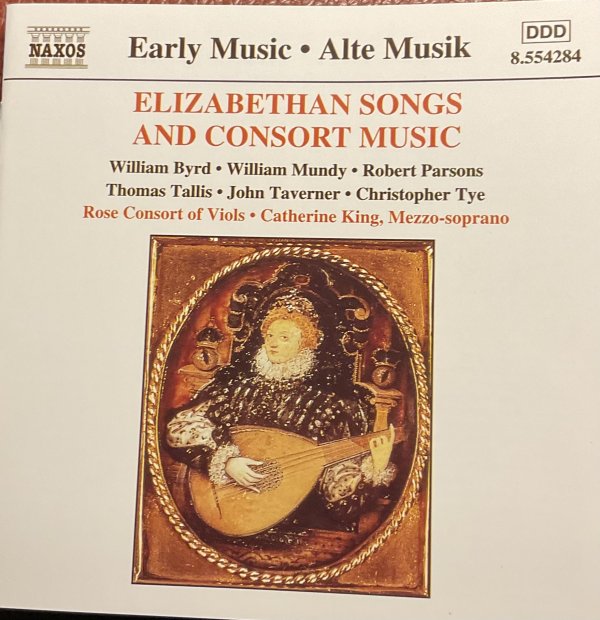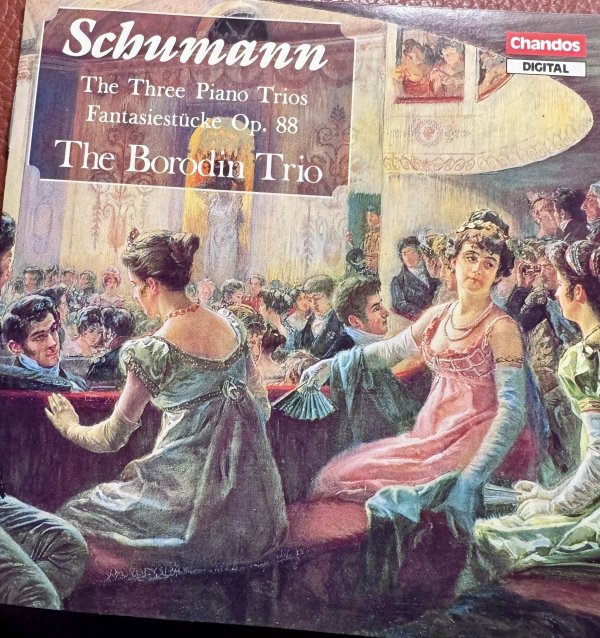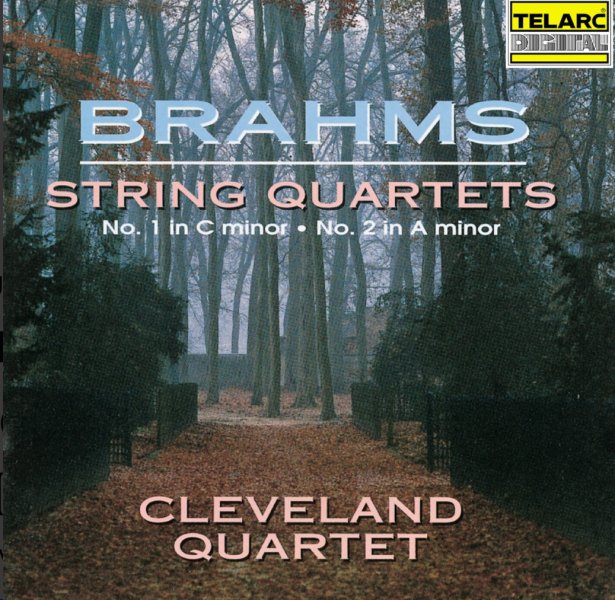We now move forward on time by almost two centuries to the 17th century choral music of Portuguese composer Frei Manuel Cardoso, who lived from 1566-1650. We are in the realm of polyphony and Cardoso was the most famous composer in his country. He would have been more well known in the rest of Europe if the Amsterdam publishing house Plantin had agreed to publish all his music. Their costs were too high and much of Cardoso’s music perished in the great Lisbon earthquake of 1755.
This Gimell recording features the famous Tallis Scholars who just gave a concert at UC Berkeley on May 2nd of Palestrina’s music. The recording was also done in a church with the mikes placed sufficiently far away to give a sense of space and scale. Again, this is a long 70-minute CD that might seem interminably long to the trigger happy right swiping streaming audiophiles. Close your eyes and resist all electronic temptations for 70 minutes. You’ll be rewarded by lower blood pressure and a calmer state of mind.

This Gimell recording features the famous Tallis Scholars who just gave a concert at UC Berkeley on May 2nd of Palestrina’s music. The recording was also done in a church with the mikes placed sufficiently far away to give a sense of space and scale. Again, this is a long 70-minute CD that might seem interminably long to the trigger happy right swiping streaming audiophiles. Close your eyes and resist all electronic temptations for 70 minutes. You’ll be rewarded by lower blood pressure and a calmer state of mind.















